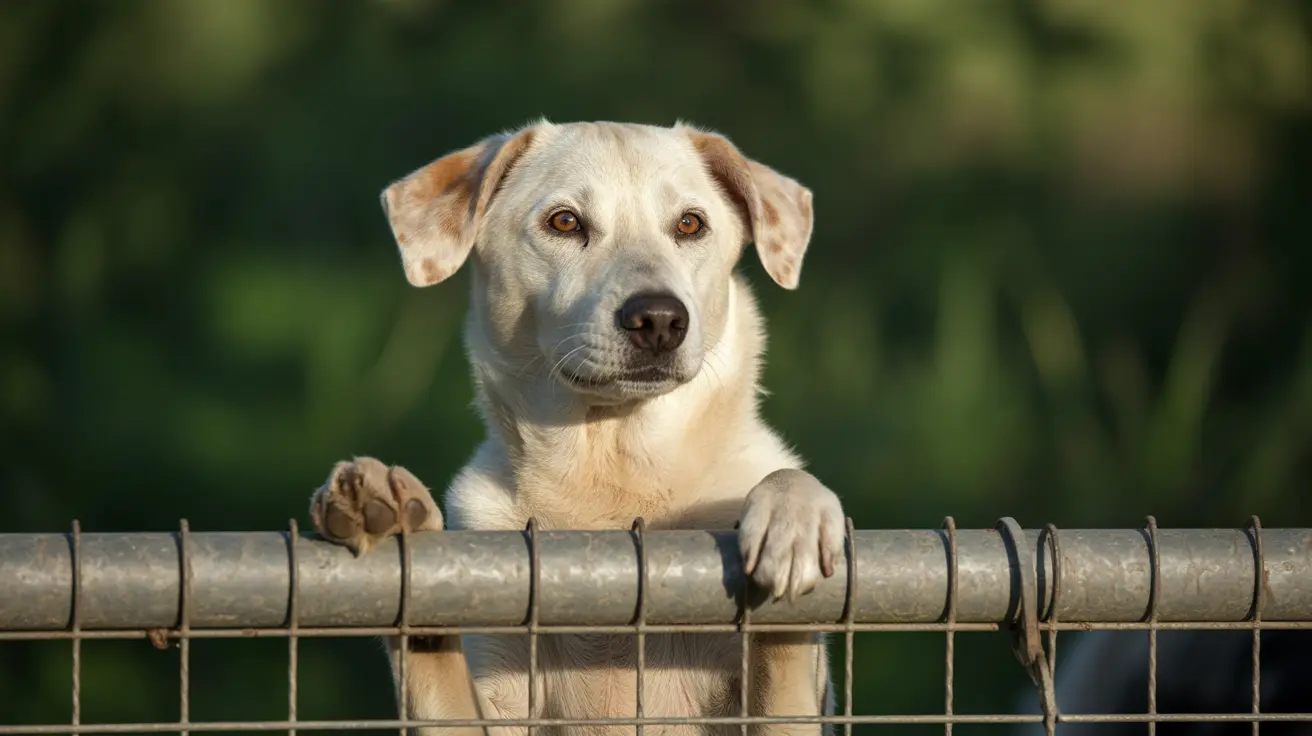Why the Vizsla Is the #1 Most Cuddly Dog
When it comes to affectionate and loyal canine companions, the Vizsla sits at the top of the list. Known affectionately as the “Velcro dog,” the Vizsla is unmatched in its desire to bond with humans. Originally bred in Hungary for hunting, pointing, and retrieving, this energetic yet gentle breed has evolved into an incredibly loving family member. Here’s everything you need to know about why Vizslas are considered the most cuddly dogs.
Origin and History of the Vizsla
The Vizsla is one of the oldest known hunting breeds, developed by the Magyar warriors centuries ago. Visual depictions of dogs resembling Vizslas date back over a thousand years in stone etchings. Despite many historical upheavals—including wars and dwindling populations—it has survived due to the dedication of passionate breeders. Recognized by the American Kennel Club (AKC) in 1960, Vizslas are now celebrated worldwide for their combination of athleticism and sparkling personalities.
Physical Appearance and Characteristics
- Size: Males are 22–24 inches tall and weigh 55–60 lbs; females stand 21–23 inches and weigh 44–55 lbs.
- Coat: Short, sleek golden-rust or red-golden coat with no undercoat.
- Features: Long, silky ears, lean but muscular frame, expressive eyes, and a sensitive demeanor.
- Lifespan: Typically 12–14 years.
Temperament and Personality
Vizslas are known for forming strong emotional bonds with their owners. They’re not just affectionate—they crave closeness, often following their human from room to room. These dogs are:
- Gentle and loyal, making them ideal companions.
- Intelligent and eager to please, which makes training easier with positive reinforcement.
- Emotionally sensitive—react poorly to harsh correction or isolation.
- Energetic but loving—they balance physical need with emotional closeness.
The “Velcro Dog” Behavior
Vizslas have earned the nickname “Velcro dogs” because of their overwhelming need to stay close to their humans. This breed does not do well in homes where it will be left alone for long hours. Vizslas have a tendency toward separation anxiety and thrive best in households where someone is frequently present or where the dog can be included in daily outings and adventures.
Exercise and Activity Requirements
As a breed developed for hunting and active work, Vizslas require a serious commitment to daily physical activity. Families or individuals considering this breed should be ready for:
- 1–2 hours of daily exercise, including running, hiking, or swimming.
- Engagement in canine sports like agility, dock diving, and scent work.
- Structured play sessions to satisfy mental and physical needs.
Without sufficient exercise, Vizslas can become restless and potentially destructive due to boredom.
Training and Socialization
Despite their affectionate nature, Vizslas are high-energy and need early, consistent training. Their intelligence makes them amenable to positive reinforcement techniques, but they can become anxious or withdrawn with harsh methods. Ideal traits for training include:
- Use of reward-based techniques.
- Consistency and patience during sessions.
- Early socialization to manage hunting instincts and prey drive.
Interaction with Families and Other Pets
Vizslas are best suited for families with older children or active adults who can match their energy. While they generally get along with other dogs, their enthusiasm may be overwhelming for smaller animals or shy pets. Key social factors include:
- Excellent with older kids due to their gentle demeanor.
- Socialize early to ensure compatibility with other dogs.
- Prey instincts mean caution around smaller pets is advisable.
Health and Diet Considerations
Vizslas are generally healthy but can be prone to specific hereditary conditions. Responsible breeding and regular vet care are crucial. Common health concerns include:
- Hip dysplasia and epilepsy
- Eye disorders like progressive retinal atrophy
- Autoimmune diseases and skin allergies
- Increased risk of bloat—slow-feeder bowls can help
They need a balanced, high-quality diet tailored to their lifestyle and activity level. Regular monitoring of their weight is important to prevent obesity-related issues.
Grooming Needs
- Low-maintenance coat—minimal brushing and occasional baths.
- Regular nail trims and dental care recommended.
- Not suitable for cold climates without protective gear due to their thin coat.
Is the Vizsla Right for You?
If you are looking for a dog that is not only loving and affectionate but also intelligent and adventurous, the Vizsla could be your perfect match. These dogs are ideal for active individuals or families who want a loyal companion always by their side. However, their emotional and physical needs mean they are not suited for everyone. Prospective owners should consider lifestyle, available time, and environment before choosing this spirited breed.
In conclusion: The Vizsla’s blend of tender companionship, intelligence, and athleticism makes it the #1 choice for cuddle-loving dog enthusiasts. With the right care, they will not only thrive—they’ll become a devoted and irreplaceable member of the family.





